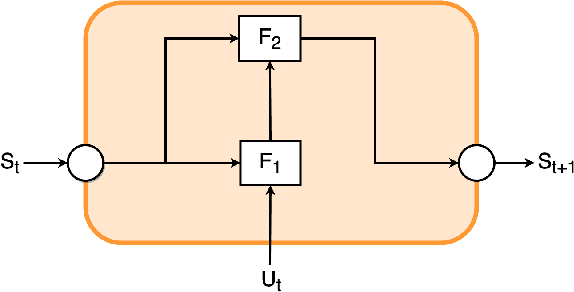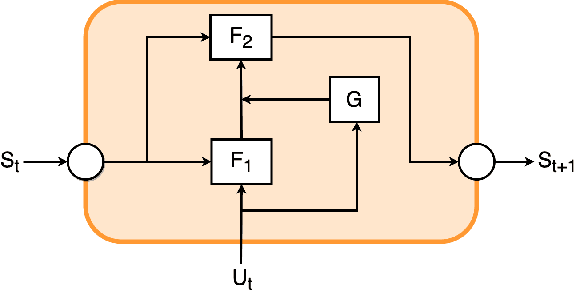Mohammad H. Rafiei
SSCAE -- Semantic, Syntactic, and Context-aware natural language Adversarial Examples generator
Mar 18, 2024Abstract:Machine learning models are vulnerable to maliciously crafted Adversarial Examples (AEs). Training a machine learning model with AEs improves its robustness and stability against adversarial attacks. It is essential to develop models that produce high-quality AEs. Developing such models has been much slower in natural language processing (NLP) than in areas such as computer vision. This paper introduces a practical and efficient adversarial attack model called SSCAE for \textbf{S}emantic, \textbf{S}yntactic, and \textbf{C}ontext-aware natural language \textbf{AE}s generator. SSCAE identifies important words and uses a masked language model to generate an early set of substitutions. Next, two well-known language models are employed to evaluate the initial set in terms of semantic and syntactic characteristics. We introduce (1) a dynamic threshold to capture more efficient perturbations and (2) a local greedy search to generate high-quality AEs. As a black-box method, SSCAE generates humanly imperceptible and context-aware AEs that preserve semantic consistency and the source language's syntactical and grammatical requirements. The effectiveness and superiority of the proposed SSCAE model are illustrated with fifteen comparative experiments and extensive sensitivity analysis for parameter optimization. SSCAE outperforms the existing models in all experiments while maintaining a higher semantic consistency with a lower query number and a comparable perturbation rate.
Novel Physics-Based Machine-Learning Models for Indoor Air Quality Approximations
Aug 02, 2023



Abstract:Cost-effective sensors are capable of real-time capturing a variety of air quality-related modalities from different pollutant concentrations to indoor/outdoor humidity and temperature. Machine learning (ML) models are capable of performing air-quality "ahead-of-time" approximations. Undoubtedly, accurate indoor air quality approximation significantly helps provide a healthy indoor environment, optimize associated energy consumption, and offer human comfort. However, it is crucial to design an ML architecture to capture the domain knowledge, so-called problem physics. In this study, we propose six novel physics-based ML models for accurate indoor pollutant concentration approximations. The proposed models include an adroit combination of state-space concepts in physics, Gated Recurrent Units, and Decomposition techniques. The proposed models were illustrated using data collected from five offices in a commercial building in California. The proposed models are shown to be less complex, computationally more efficient, and more accurate than similar state-of-the-art transformer-based models. The superiority of the proposed models is due to their relatively light architecture (computational efficiency) and, more importantly, their ability to capture the underlying highly nonlinear patterns embedded in the often contaminated sensor-collected indoor air quality temporal data.
 Add to Chrome
Add to Chrome Add to Firefox
Add to Firefox Add to Edge
Add to Edge